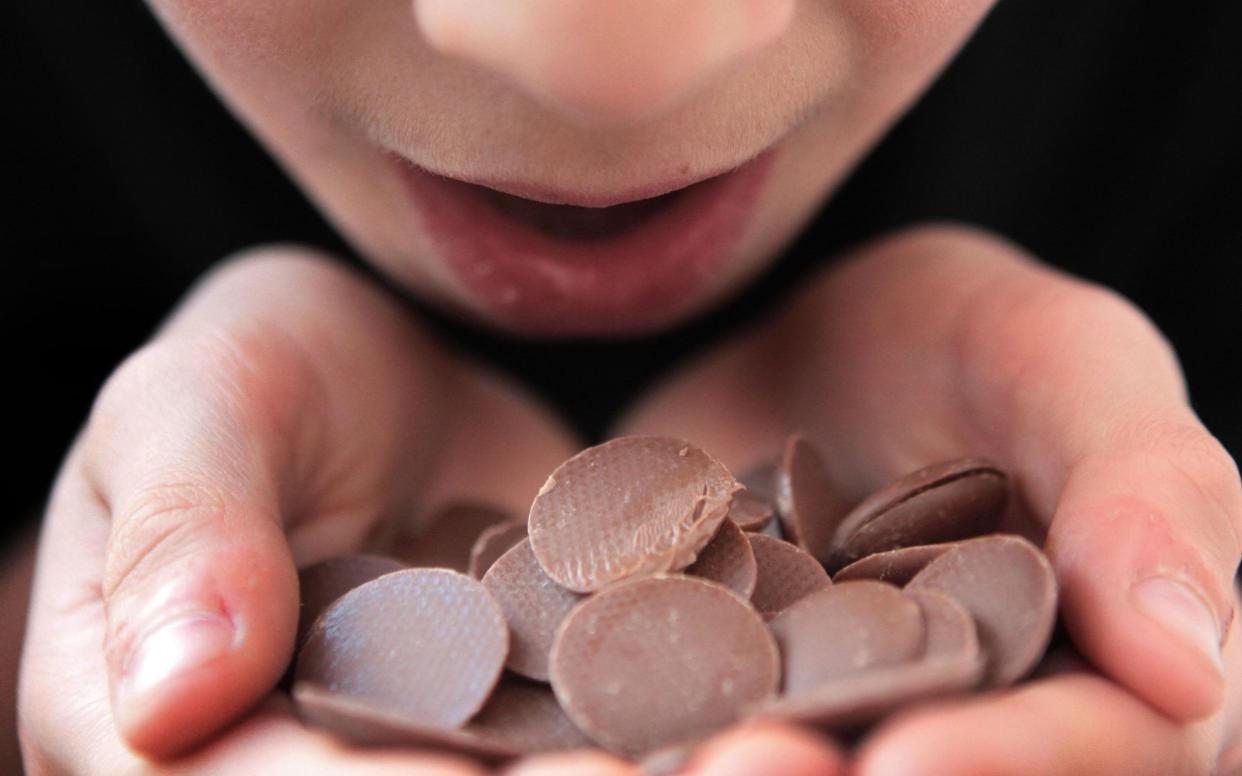Child diabetes level 10 times worse than previously thought, data shows

The Number of young people suffering from type two diabetes is nearly ten times higher than previously thought, new analysis reveals.
Campaigners expressed shock last night as it emerged the real tally of those with the life-threatening disease is approaching 7,000.
Earlier this year figures from the Royal College of Paediatrics and Child Health sparked concern when they indicated there were 715 people under the age of 25 in England and Wales living with the condition.
Traditionally the lifestyle-related condition was only seen among older adults, often those overweight or obese.
It was only in 2000 that the first recorded diagnosis of a child with type 2 diabetes took place.
However, a new analysis by the charity Diabetes UK for the first time took into account data from GP surgeries, showing the true number receiving treatment to be far higher.
The condition is much more aggressive in children and young people than in adults, with a higher overall risk of complications that tend to appear much earlier.

Diabetes UK warned that thousands more children and young people could be diagnosed with the condition over the coming years, as the latest figures on childhood obesity show that more than a third of children in England will be overweight or obese by the time they leave primary school.
It has called for better specialist support for youngsters with the condition to help manage their illness and reduce their risk of serious complications.
Meanwhile, it backed proposals for a ban on junk food TV advertising aimed at children before 9pm, and to restrict supermarket price promotions for unhealthy foods.
Bridget Turner, director of policy and campaigns at Diabetes UK, said: "Type 2 diabetes can be devastating for children and young people.
"To help shape a future where fewer children develop the condition, we need continued commitment across society to create an environment that reduces obesity.
"We need to encourage healthy living by providing clear and easy-to-understand nutritional information about the products we are all buying, and protect children from adverts for foods that are high in fat, salt and sugar.
"At the same time, we must look after those who already have the condition so they can avoid serious complications such as amputations, sight loss, stroke and kidney failure.
"Children and young people with Type 2 diabetes should have access to expert treatment by healthcare professionals trained to manage and research the condition and the challenges it presents."

Professor Russell Viner, president of the Royal College of Paediatrics and Child Health, added: "For many children, the development of Type 2 diabetes can be prevented with lifestyle changes, but this isn't easy - they need support.
"That's why we were pleased to see the ambitious proposals set out in Chapter 2 of the Childhood Obesity Plan - we urge the Government to maximise their impact by introducing them all and doing so quickly."
Ten areas in England are piloting new ways to encourage residents to take more exercise, and slim down bulging waistlines.
Three of the towns have announced plans to ban junk food from the streets surrounding schools.
It comes as 12 major housing developers signed up to plans to expand the programme nationwide, with “health and wellbeing” measures included in all new housing developments and regeneration schemes.
Darlington has drawn up plans to ban takeaways selling hot food from within 400 metres of schools, by the end of this year.
Barton, in Oxfordshire, has now introduced a ban on any licenses to those wanting to sell hot and cold food, drinks or confectionery, within 100 metres of a school, between 7.30am and 6pm.

 Yahoo News
Yahoo News 
